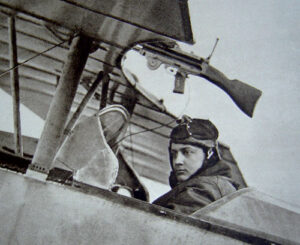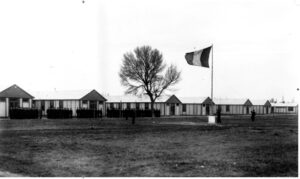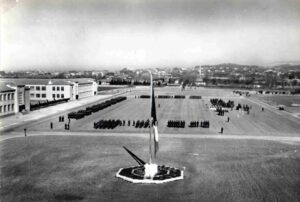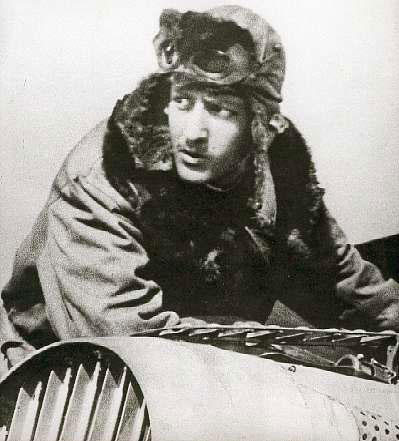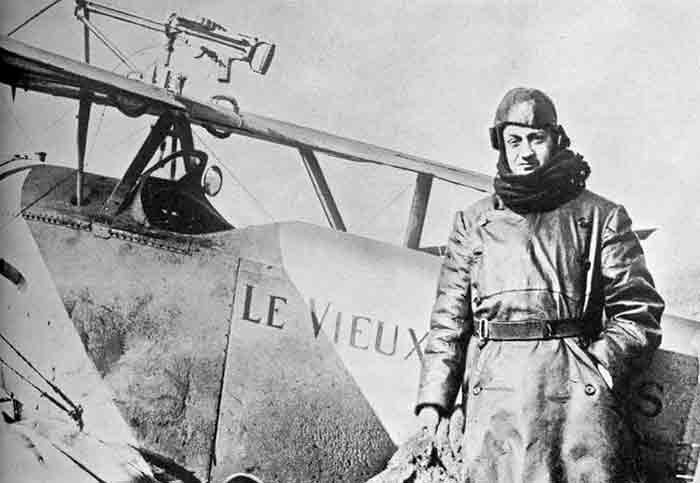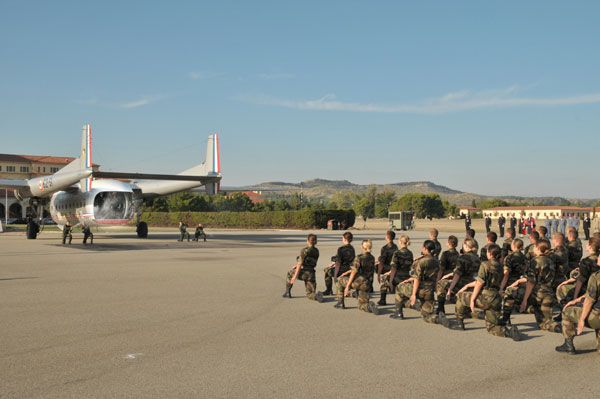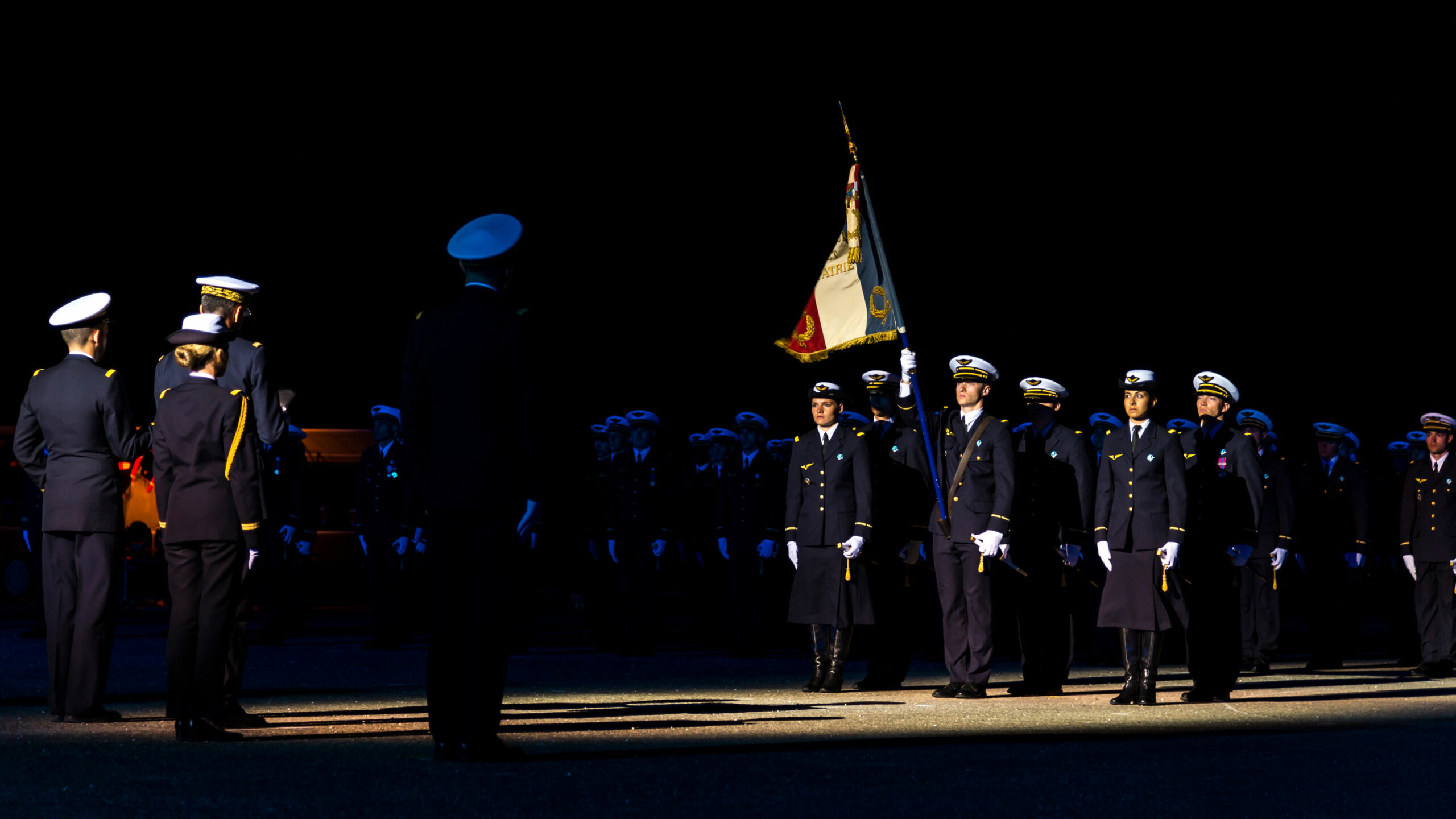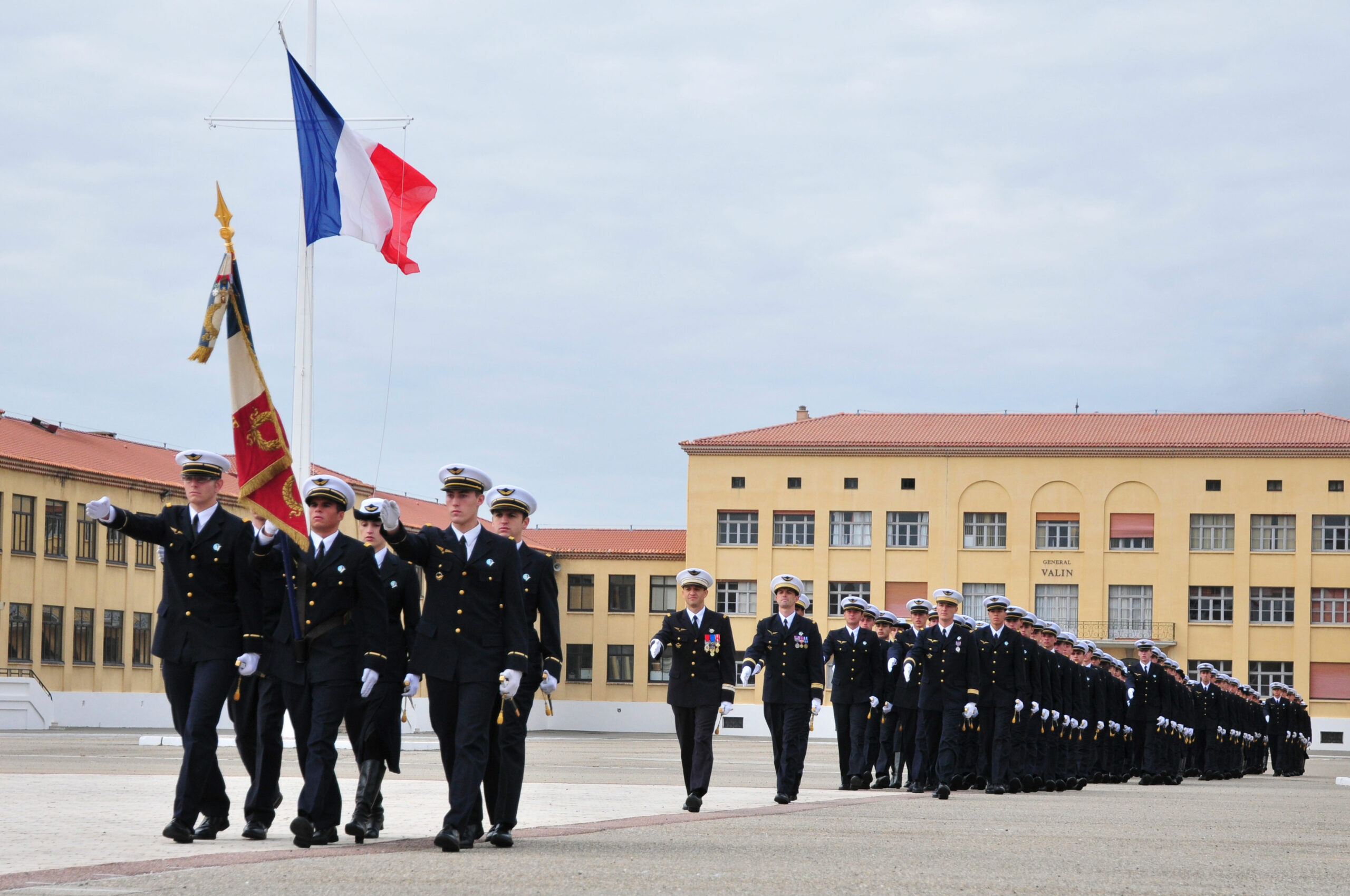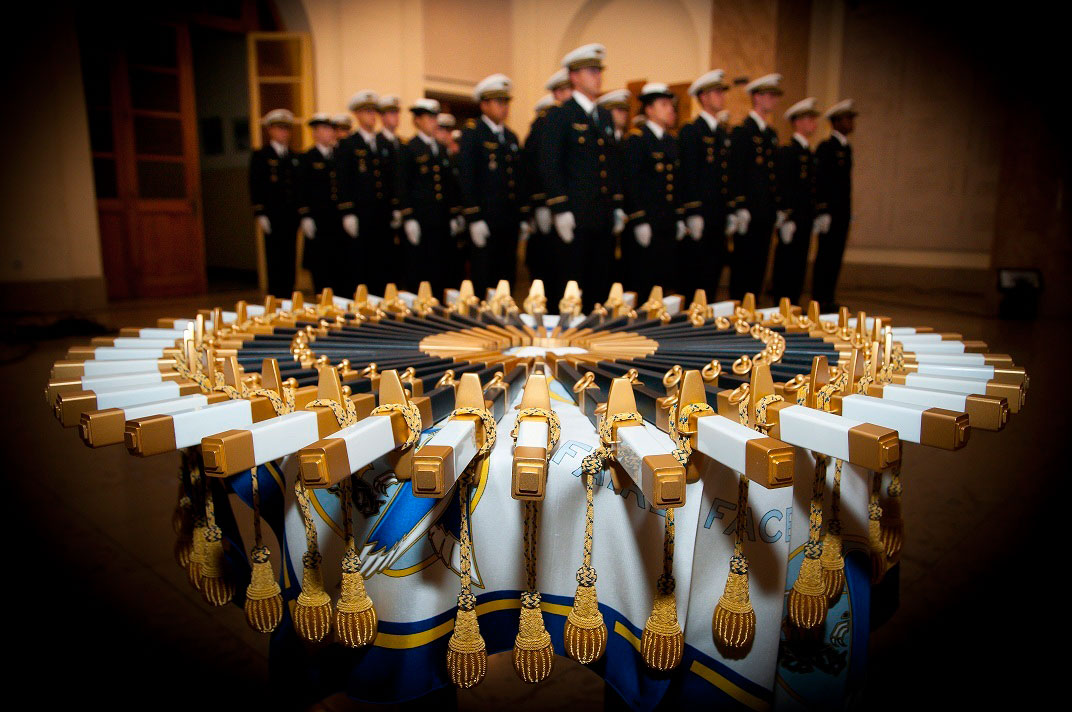HISTORY OF THE FRENCH AIR AND SPACE FORCE ACADEMY
A story which begins in 1925...
1925 : Initially established in Versailles, the Aeronautical Studies Center becomes the Military School of Applied Aeronautics by changing its name.
1935 : The Air Force Academy is created in 1935, two years after the French Air Force, and temporarily moves into the Palace of Versailles "Little Stables" wing. It adopts the motto "Faire Face" from Captain Guynemer, a prestigious fighter pilot who fell in combat in 1917, and who gives his name to the very first entry. Since this time, the tradition continues, and each graduating class bears the name of an "alumnus" with an exemplary career.
1937 : Creation of Air Battalion 103 in Salon-de-Provence and arrival of the third entry of the Air Force Academy.
1939/1945 : At the beginning of the war, the Air Force Academy is subject to change.
1940 : Establishment of the Air Force Academy in Merignac.
1941 : Establishment of the Air Force Academy in Collioure at Templars’ Castle. Then the "Lieutenant-Colonel Dagnaux" Entry returns to Salon de Provence.
1942 : The Germans take over the Air Force Base. The Air Force Academy is dispersed again, its flag hidden in the Massif Central, then secretly transported to Marrakech where it is officially reborn.
1945 : Creation of the Aerial Higher Education Center (CESA) at the Military War College (Paris).
1946 : The Air Force Academy, which now includes the Military Air Force Academy, returns to Air Force Base 701.
1953 : Establishment of the Army Commission Academy.
1973 : Establishment of the Air Force Academy Special Course (CSEA).
1994 : Establishment of the Officers’ Special Training Course (CSFO).
2002 : From June 2002, with the arrival of the first personnel, until the end of 2006, the French Air Force Academy Research Center (CReA) gradually moves to Salon-de-Provence, within the French Air Force Academy.
2006 : Establishment of the (GEAAA), Air Force Administration Academies Group which includes :
- The Air Force Commissioners Academy
- The Air Force Management and Administration Academy
2007 : As part of the AIR 2010 reform and in application of the directives ofAir Force Human Resources Directorate (DRH-AA), Officers Academies of the Air Force (EOAA), the new name for all the academies located in Salon-de-Provence and Paris, are entrusted with the mission of the training continuum for Officers, from entry into the Academy to higher military education.
Establishment of the Military Higher Education Centre (CEMS Air) at the École Military War College in Paris, which takes over the training missions of this Centre. There is a strong emphasis on the international opening.
2009 : Each student spends at least two months abroad during his or her entire education (teaching through research internship, end-of-study internship, school exchanges, etc...)
The Academy attains ERASMUS accreditation.
2010 : The French Air Force Academy celebrates its 75th anniversary.
Opening of the IEP training program.
2011 : Integration into the ISAE group.
2012 : Arrival of the Cirrus SR 20 and SR22, replacing the TB 10 and 20, at CFAMI.
2013 : The Air Force Base Academy celebrates its 75th anniversary in Salon-de-Provence, as well as the 60th anniversary of the Patrouille de France.
Establishment of the “Ecole des Commissaires” (ECA) (French Forces Administration School)
2015 : The Air Force Officers' Schools take back their original name of French Air Force Academy, which celebrates its 80th anniversary.
2016 / 2018 : Progression of the project to change the status of the Air Force Academy into a public scientific, cultural and professional establishment, with the exempt status of a major institution (EPSCP).
At the end of this transformation, the French Air and Space Force Academy will have a legal personality and financial autonomy that will offer real scope in its development strategy.
2019 : By decree, the French Air Force Academy becomes a public scientific, cultural and professional establishment in the form of a major institution as of January 1.
2021 : New name : the French Air Force Academy becomes the French Air and Space Force Academy.
TRADITIONS
The patron
GUYNEMER, Georges Marie Ludovic Jules
Fighter pilot, wartime ace (1914-1918, 53 victories), born on December 24, 1894, died in combat on September 11, 1917 at Poelkapelle (Belgium).
Born in Paris on December 24, 1894, Guynemer, a kid with a sense of humour, a weakling who was often ill, and in any case far from the image of a fighter, embodied the aviator of the Great War and above all symbolized a formidable will. Before René Fonck, he became the first French Ace of Aces of the First World War, with 53 certified victories, before disappearing in the "sky of glory". His career is astonishing for the brevity of his life as for its intensity. At the age of 15, he obtained his baccalaureate with honors.
When war was declared, Georges Guynemer asked to join the military aviation service but was discharged because of his weak physical constitution. He persisted and was finally accepted as a student mechanic at the Pau aviation school in November 1914. He obtained his military license in Avord on April 26, 1915. On June 9, he was assigned to the MS 3 squadron, a real breeding ground for aces, commanded by Captain Brocard. After a difficult start, during which he incurred the wrath of Brocard, who wanted to dismiss him, Guynemer befriended Jules Védrines,winner of the Paris-Madrid race in 1911. The latter took him under his wing and helped him transform from a clumsy weakling into a formidable fighter.
On July 19, Guynemer, with his mechanic Guerder as machine gunner, shot down his first enemy plane. The citation that accompanied his military medal on July 21 revealed the real Guynemer, "a spirited and daring pilot, willing to take on the most perilous missions". The young pilot then had to wait five months before obtaining his second aerial victory, on December 5, 1915, quickly followed by two others. As a reward, he received the Legion of Honor on December 24 and was cited as "a pilot of great value, a model of devotion and courage".
In the spring of 1916, his squadron was engaged over Verdun: Guynemer was seriously wounded during a confrontation and had to wait until the following May 18 before resuming active participation in operations. In six months, he scored twenty more victories. On December 31, 1916, he was appointed lieutenant and then, on February 18, 1917, captain. On May 25, he distinguished himself by shooting down four enemy aircraft in the same day. On June 11, he was promoted to Officer of the Legion of Honor. His citation praised him as "an elite officer, a combat pilot as skillful as he is daring [who] rendered brilliant services to the country, both by the number of his victories and by the daily example of his ever-equal ardor and his ever-greater mastery. Unconcerned by danger, he has become for the enemy, by the certainty of his methods and the precision of his maneuvers, the most formidable adversary of all [...] By all his exploits, he contributes to exalt the courage and enthusiasm of those who, in the trenches, are the witnesses of his triumphs." This text only translates reality and underlines the qualities of an exceptional pilot, who had 45 victories and 20 commendations. Unfortunately, the man was getting tired, exhausted by the series of flights without equipment at high altitude.
On July 15, 1917, Guynemer suffered a nervous breakdown and had to go to hospital. But the desire to fly again was too strong for him to decide to remain idle: on July 20, he returned to his squadron, which took part in the Flanders offensive. On August 20, 1917, he won his fifty-third victory and then embarked on a downward spiral: the ace multiplied his missions, accumulated flight hours and suffered many setbacks. Nothing went right for Guynemer, but he persisted, determined to win again. Reason dictated that he should stop, as did his comrades, but he ignored this and took off on September 11, 1917 at 8:25 a.m. for a patrol with Second Lieutenant Bozon-Verduraz. The two men were flying towards Ypres and heading for Poelkapelle when Guynemer spotted a German two-seater. He signaled to his wingman his intention to attack; at that moment Bozon-Verduraz saw a pack of enemy fighters, whose attention he tried to divert to give Guynemer time to shoot down his target. The diversion succeeded, but when Bozon-Verduraz returned to the scene of the aerial duel, he discovered an empty sky. It seems that the Vieux Charles, Guynemer's plane, had crashed at 10 a.m. near the Poelkapelle cemetery, in an area located between the lines and subject to heavy artillery fire. During the fight, a bullet hit Guynemer in the head and killed him. A German patrol from the 204th regiment was dispatched to the scene to inspect the debris and recover the pilot's identity card before being caught under heavy shelling. The Germans withdrew without taking the body of the French pilot: the shells scattered the remains of the aviator and the debris of his plane.
Bibliographical sources :
Association Patrimoine et Tradition des Écoles de l'air de Salon-de-Provence, 1935: Des ailes aux Petites Ecuries, Marseille, Imprimerie Saint-Jacques, 2005.
MARCK, Bernard, Dictionnaire universel de l'aviation, Paris, Tallandier, 2005.
ROBINEAU, Lucien, Dir, Les Français du ciel : dictionnaire historique, Paris, Le cherche-midi, 2005.
“BAPTÊME DANS LE VENT DES HÉLICES” (THE PROP WASH STAND CEREMONY)
This is a long-standing tradition, since the first entry of the French Air Force Academy received their baptism in the wind at Villacoublay in early 1936.
It is the first contact of the new students with the aircraft and reminds them of the exhilaration of the pilot, alone in his cabin, his face whipped by the wind. This ceremony is essential for the young students. On the one hand, it is the first of their career; on the other hand, it arouses in them the hope of the older ones who, respecting their commitment with sublime courage, have accomplished their duty in an exemplary way and built the fame, prestige and glory of their Academy.
“BAPTÊME DE PROMOTION” (NAMING OF THE ENTRY)
Traditionally presided over by the Minister of Defense, this renowned event is the highlight of the year for cadets.
This ceremony usually begins at dusk on the 1st Friday of July. On that evening, the first-year cadet entry of the French Air and Space Force Academy is named after its patron. The entry’s patrons are officers who have died in service or in combat, recognized for their moral qualities, their values, or their acts of courage. They represent the model to which each officer will aspire to. They are examples for the young officers.
PRESENTATION TO THE FLAG
Each new entry of the French Air and Space Force Academy is presented to the flag of its school at the end of the initial training.
The flag party is entrusted for one year to the students of the entry.
“REMISES DES POIGNARDS” (PRESENTATION OF THE DAGGERS)
Symbol of the officer of the French Air and Space Force, the dagger is handed over by a student of the previous class during a sober, solemn and intimate ceremony.
The traditional meal between the first-year cadets and their 20-year-old elders, which follows the ceremony, is an opportunity to celebrate the entry into the new class, under the benevolent and paternal eye of the Alumni.

